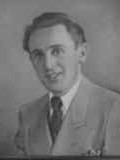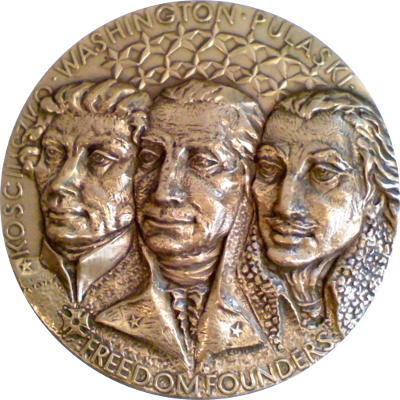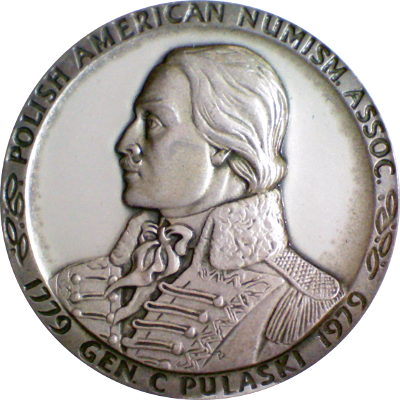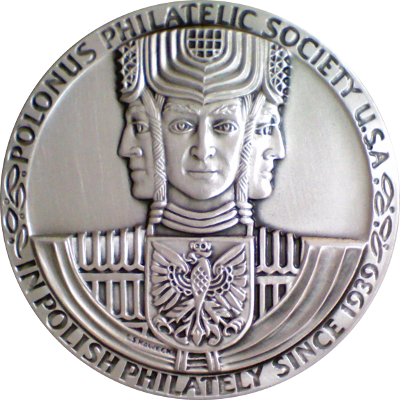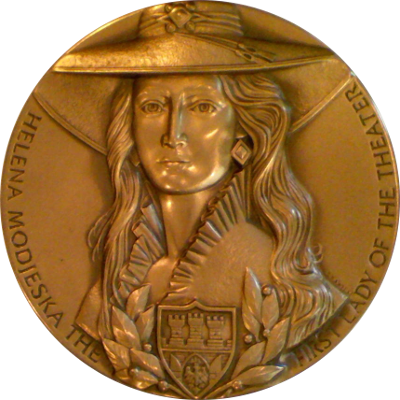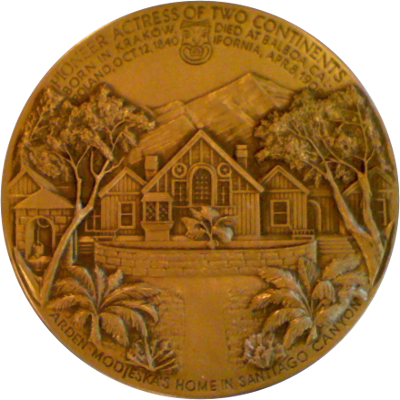Leon Stanley Kawecki was born in Poland in 1921. Little is known about his early life, but we do know that it was not easy. He served in the Polish army from 1939 to 1947, spent quite some time in a Russian prisoner of war camp and eventually arrived in the U.S. in 1951 or 1952. He became a naturalized citizen in 1956.
He worked as a designer at Meade Packaging in Buena Park for 35 years. Married and widowed, he was a family man all his life. His four children, Raymond, Steven James, Daniel Noel, and Barbara Rachelle remember him as a gentle man who instilled in them the importance of bonds between family members.
He pursued painting and medallic art in his spare time until he retired from Meade Packaging in 1989 and had more time to devote to his passion. In 1998, during a trip to Poland, he was honored as his city's "famous son."
Leon Kawecki died in 2000. He was buried and will be remembered the way he requested: holding a palette in one hand and a paint brush in the other.
Sourced from the sources listed in the Resources section. I would love to learn more about this gifted artist and hope that the children or grandchildren of Leon Kawecki will reach out to me with additional material.
